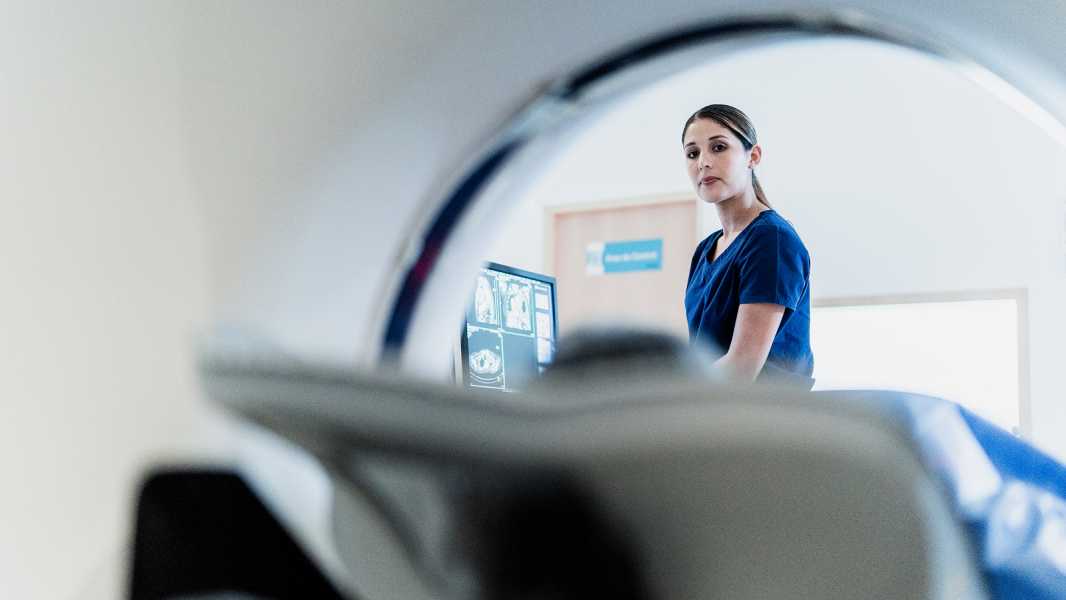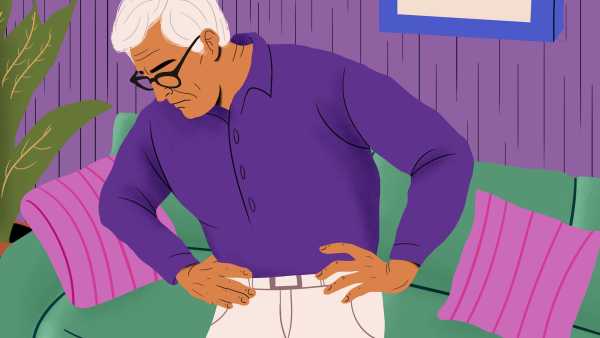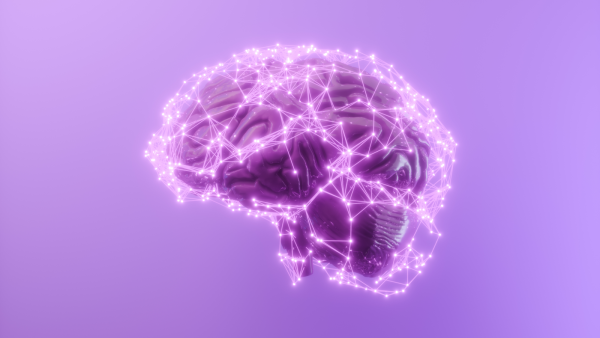
A brain scan showed a significant buildup of fluid in the man's brain, which had pressed tissue against his skull. (Image credit: FG Trade Latin/Getty Images)
Patient: 44-year-old man from France.
Symptoms: The man had mild weakness in his left leg for two weeks before his appointment. His medical history and neurological development were unremarkable, except for the time he had a shunt placed in his head at age 6 months. The shunt helped relieve fluid buildup in his brain, the cause of which was unknown. The shunt was removed when he was 14.
What happened next: When the man reported weakness in his legs, doctors performed a CT scan and MRI of his head. Neuropsychological testing was also performed, which revealed that the man had an IQ of 75, which is below the average of 100.
Diagnosis: Doctors determined that the patient's brain was at least half the average size.
Brain scans also revealed a massive build-up of fluid that left little space for tissue. This left the patient with a thin layer of brain tissue pressed against his skull. Scans showed that the fluid-filled spaces in the brain – known as ventricles – were extremely enlarged. This fluid build-up is likely what caused the weakness in the man’s leg.
Treatment: Doctors drained excess fluid from the man’s skull, which helped the patient regain some strength in his leg. In the case published in The Lancet, doctors noted that a new shunt was inserted into the man’s skull, and within a few weeks, the patient’s neurological examinations — which were used to assess the weakness of his leg — returned to baseline. “The results of neuropsychological testing and CT scans were unchanged,” they stressed, so the man’s IQ remained roughly the same.
Uniqueness of the case: Over the course of evolution, the human brain has grown significantly larger than our ancestors, allowing for improved cognitive abilities and language acquisition. The exact reasons for this growth remain unclear, but are likely related to a combination of environmental, nutritional, and other pressures.
The human brain also grows significantly throughout life, and in adulthood it is usually much larger than the brain of a newborn. In the case of the man, one would expect him to exhibit deficits due to his reduced brain size. However, despite his smaller size, the man had no deficits and worked as a civil servant.
If he hadn't developed weakness in his legs, his little brain might have gone unnoticed.
Disclaimer
This article is for informational purposes only and does not constitute medical advice.
TOPICS Diagnostic Dilemma

Christoph SchweigerNavigate social links
Christoph Schweiger is a freelance journalist. His main topics are science, technology and current affairs. His articles have appeared in various prestigious publications around the world. When he is not busy writing, Schweiger is also a regular participant in various news programs and shows. He is actively involved in social activities and is often seen supporting organizations that are close to his heart. Schweiger holds a master's degree in journalism.
You must verify your public display name before commenting.
Please log out and log back in. You will then be prompted to enter a display name.
Log out
Sourse: www.livescience.com





